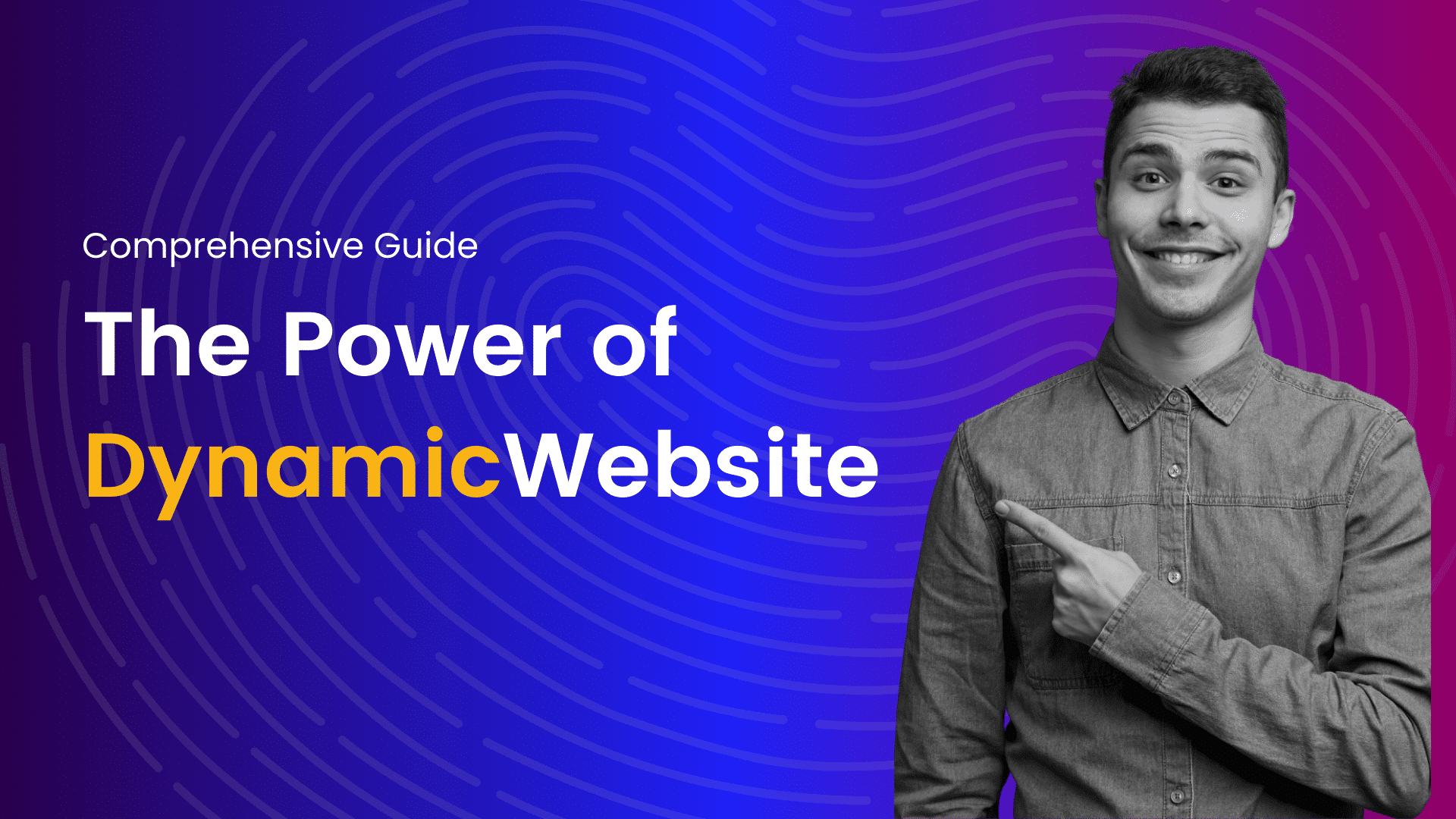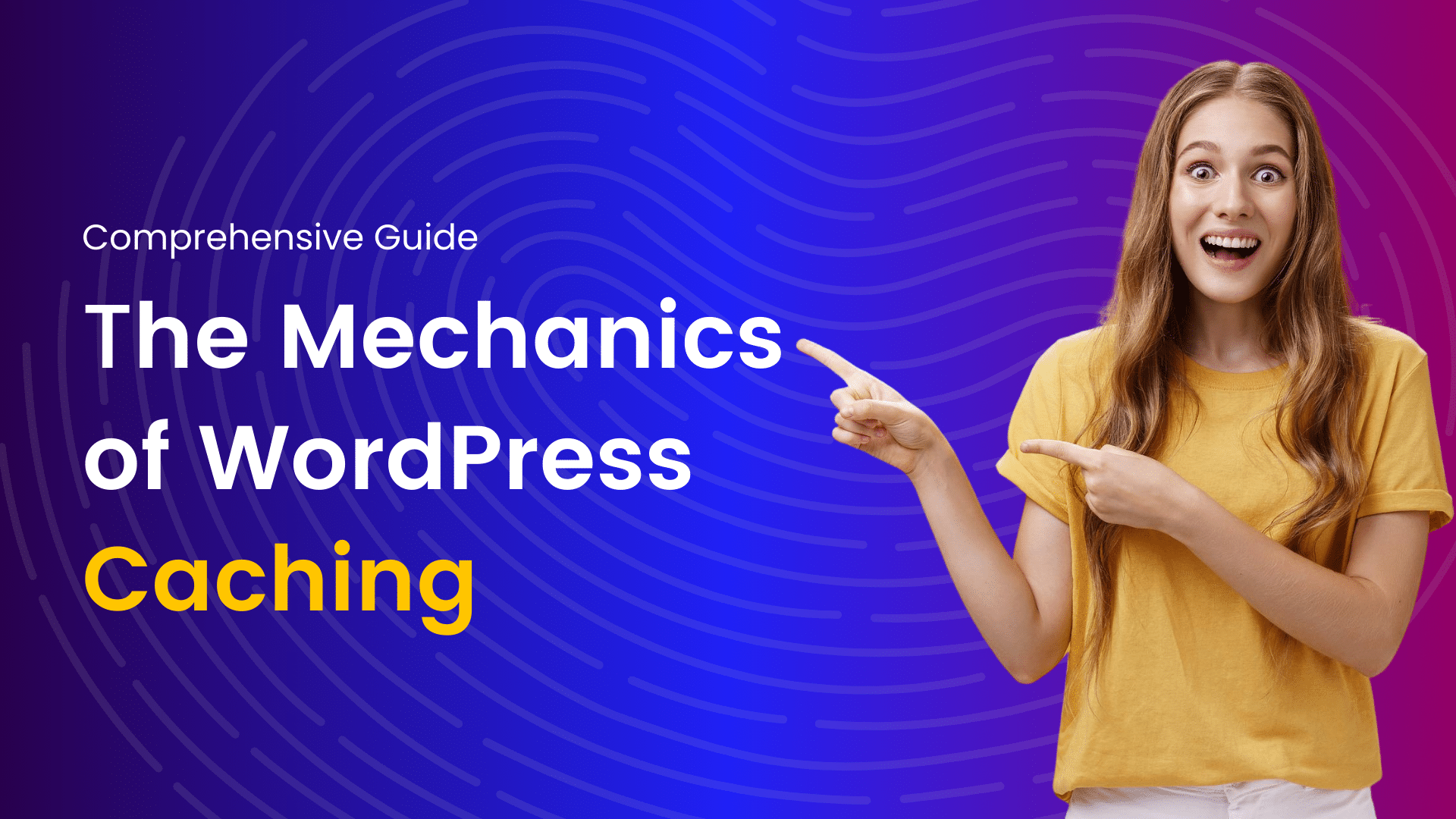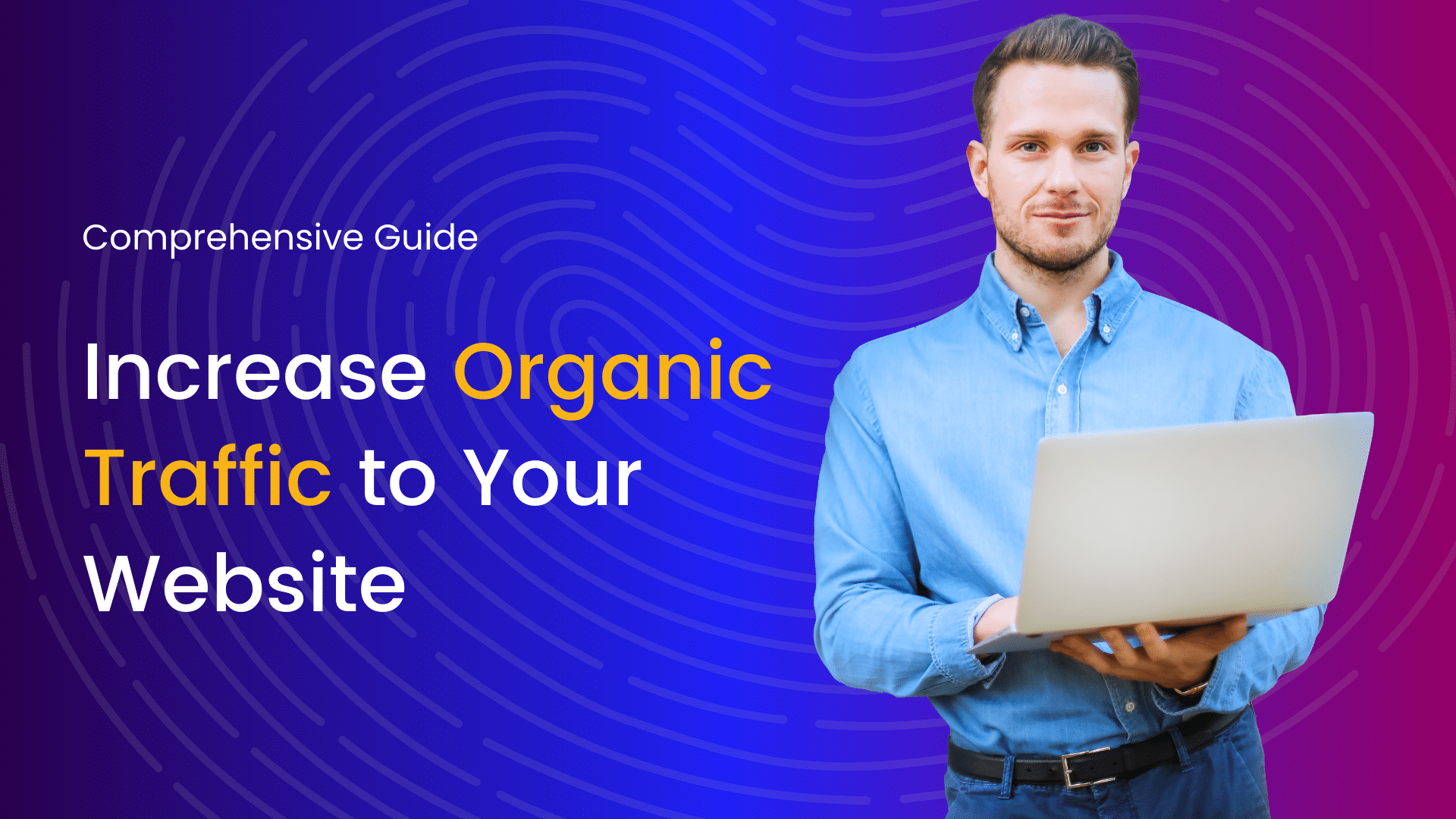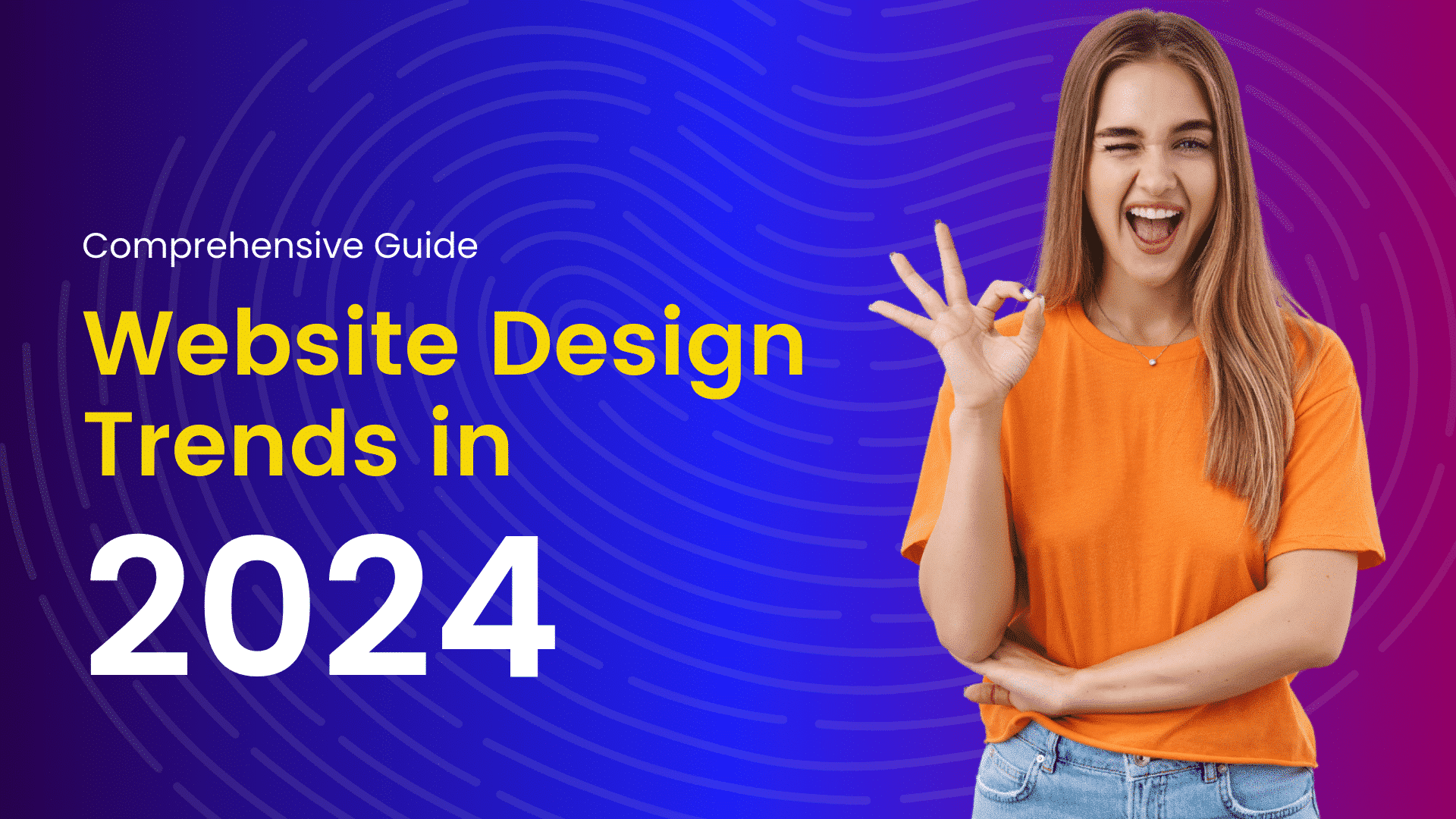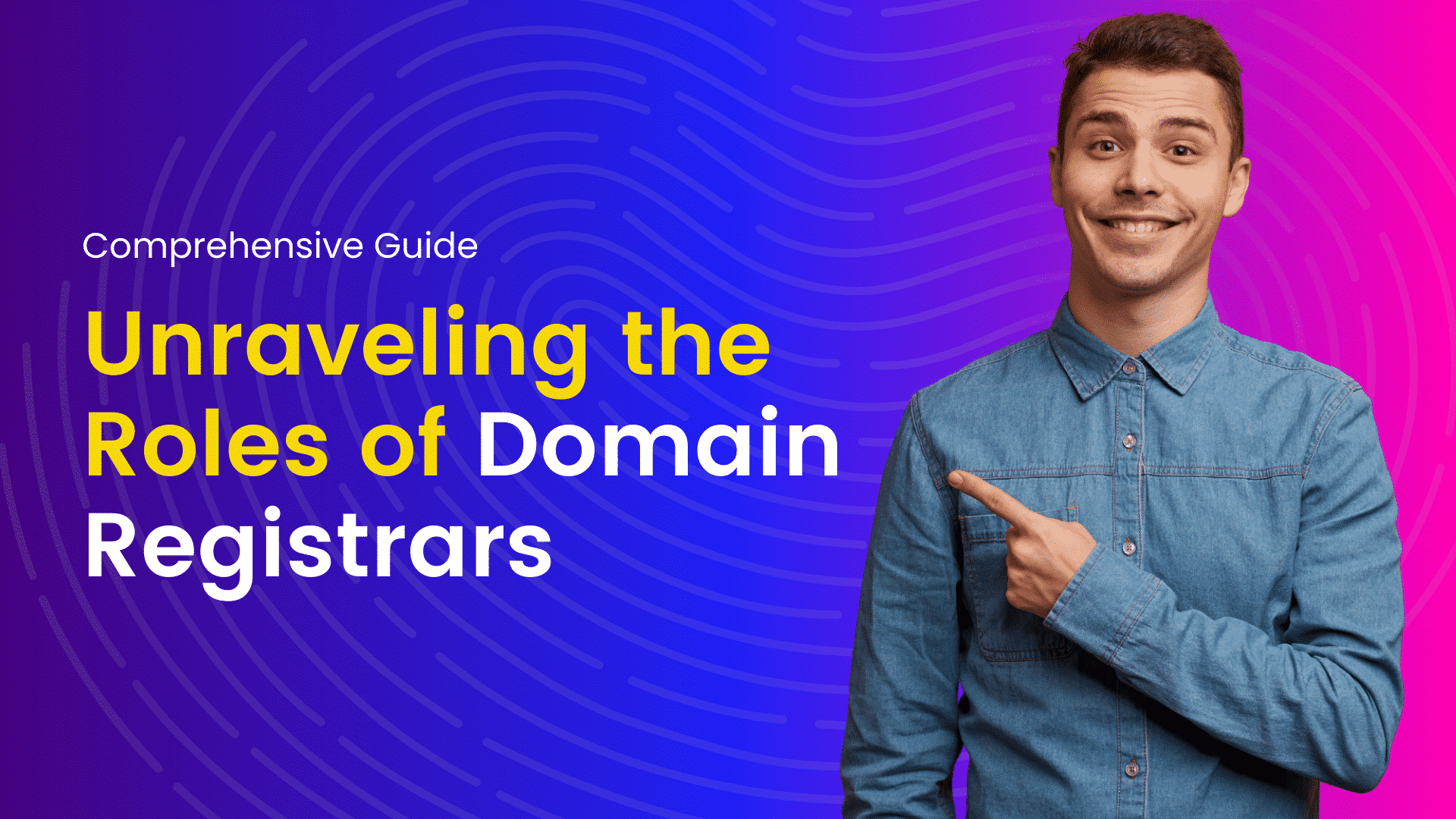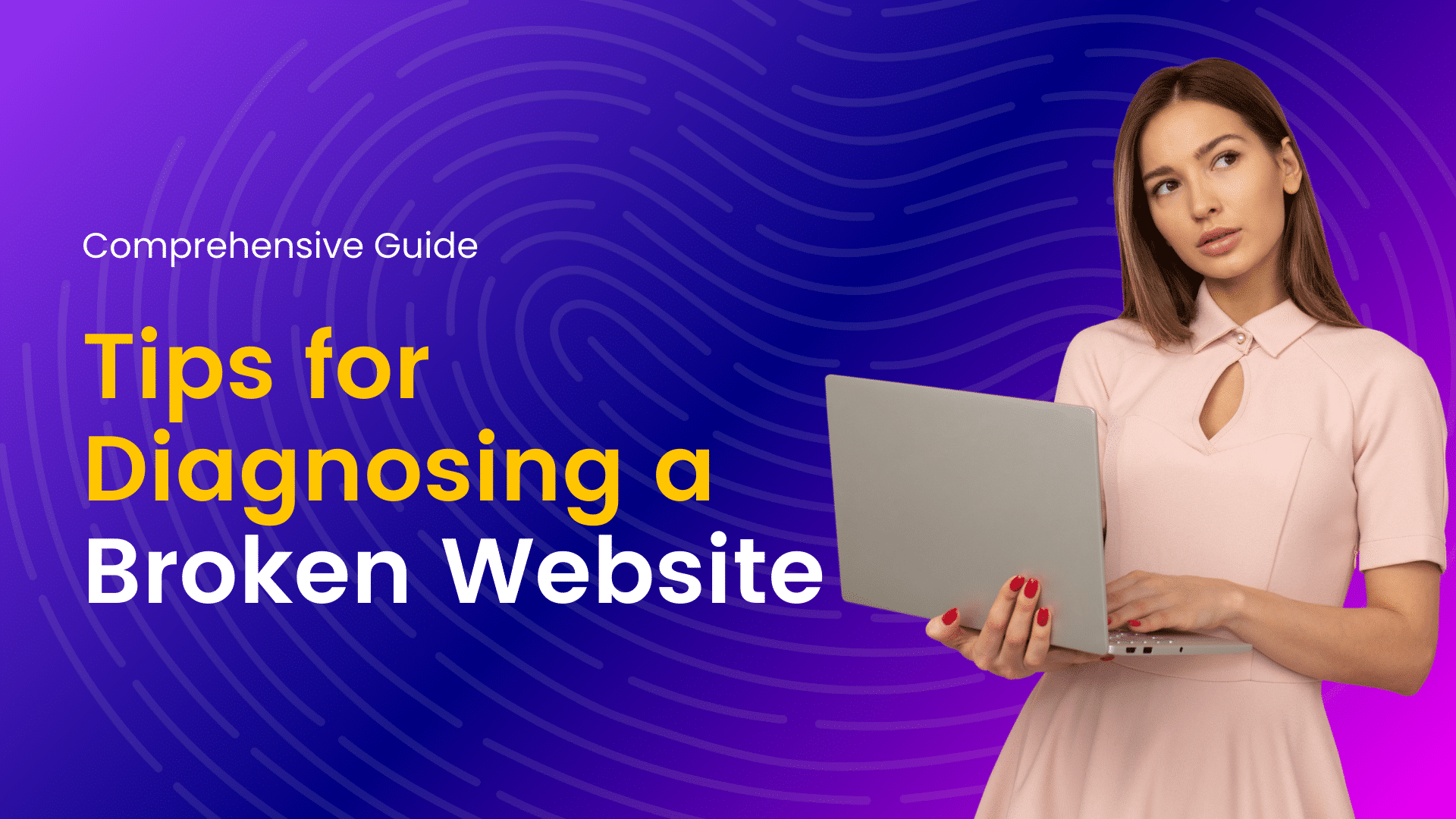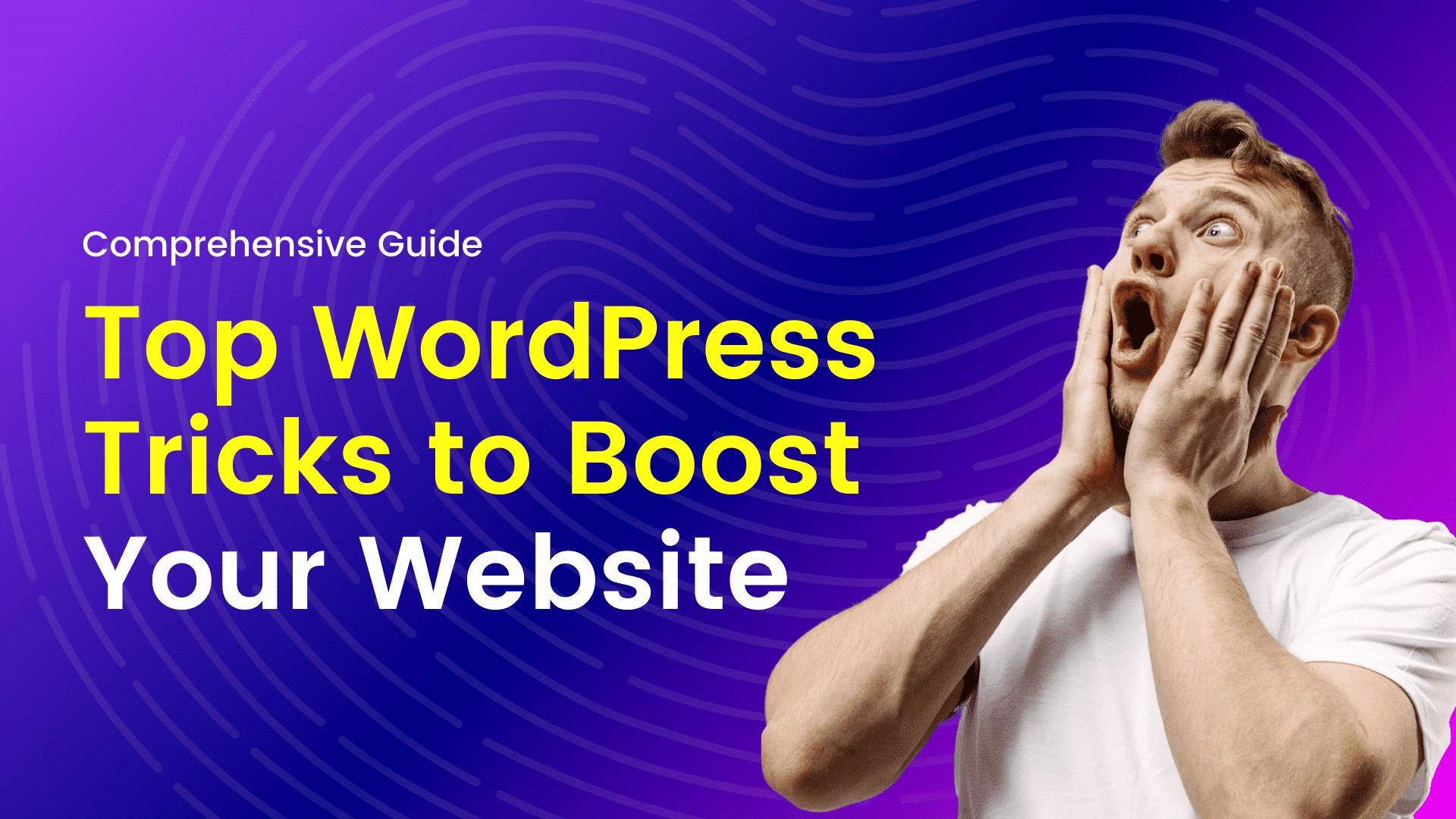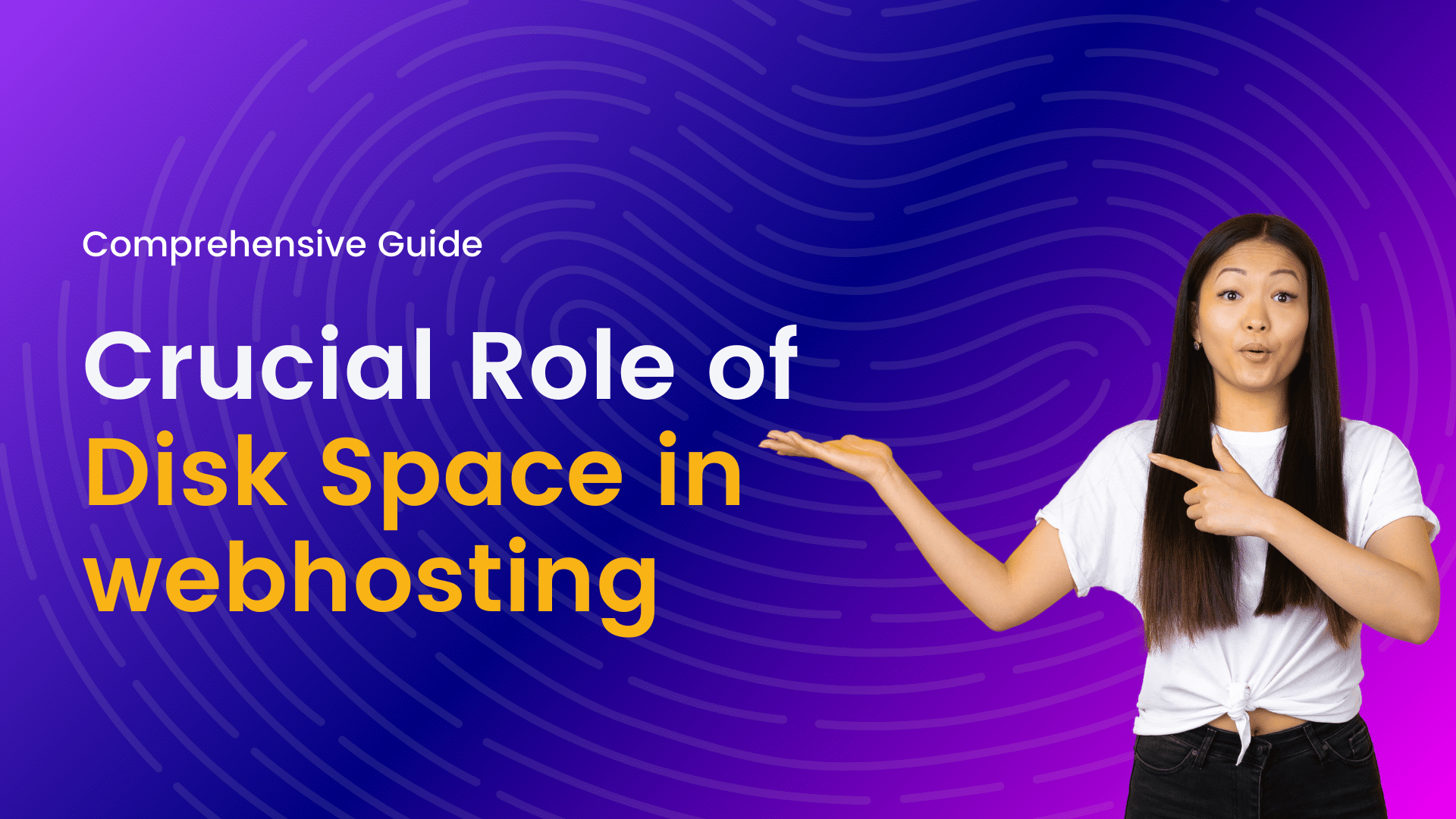In the vast landscape of web design, images play a pivotal role in capturing attention, conveying messages, and enhancing user experience. When utilized effectively, images can transform a bland webpage into an engaging visual narrative, leaving a lasting impression on visitors. However, incorporating images haphazardly can clutter the design and distract users from the intended content. Hence, understanding the principles of using images in web design is crucial for creating impactful and aesthetically pleasing websites.
Here’s a comprehensive guide on how to use images effectively in web design
- Purpose and Relevance: Before selecting or creating images for your website, identify the purpose they serve. Images should complement the content and reinforce the message you want to convey. Choose images that are relevant to your brand, product, or topic to maintain coherence and relevance throughout the website.
- Quality and Resolution: High-quality images are essential for creating a professional and polished look for your website. Use high-resolution images to ensure clarity and sharpness, even on high-definition screens. Blurry or pixelated images can detract from the overall design and undermine the credibility of your website.
- Optimization for Web: Optimize images for the web to improve loading times and reduce bandwidth consumption. Use image compression techniques to maintain quality while minimizing file size. Formats like JPEG, PNG, and SVG are commonly used for web images, each offering different benefits in terms of quality and file size.
- Consistency in Style: Establish a consistent visual style for your website by using images that adhere to a cohesive aesthetic. Whether it’s photography, illustrations, or icons, maintaining consistency in style creates a unified look and enhances brand identity. Consider factors such as color palette, tone, and composition when selecting images for various sections of the website.
- Placement and Layout: Strategically place images within the layout to guide the user’s attention and create visual hierarchy. Use images as focal points to break up text, highlight key information, or add visual interest to specific sections. Experiment with different layouts and alignments to find the most effective arrangement for your content.
- Accessibility: Ensure that images are accessible to all users, including those with visual impairments. Use descriptive alt text to provide context and describe the content of each image. Alt text not only improves accessibility but also enhances search engine optimization (SEO) by providing additional information for indexing.
- Responsive Design: Design your website with responsiveness in mind to ensure that images adapt seamlessly to different screen sizes and devices. Use responsive images that scale proportionally and maintain clarity across various viewports, from desktops to mobile devices. Consider employing techniques like CSS media queries to optimize image display for different screen resolutions.
- Performance Optimization: Monitor the performance impact of images on your website and optimize accordingly. Minimize the number of images used, particularly large or unnecessary ones, to improve loading times and user experience. Implement lazy loading techniques to defer the loading of images until they are needed, reducing initial page load times.
- Legal Considerations: Respect copyright laws and obtain proper permissions or licenses for using images on your website. Utilize royalty-free stock photos, creative commons images, or original content to avoid copyright infringement issues. Additionally, provide proper attribution when necessary to give credit to the original creators.
- Testing and Iteration: Continuously test different image placements, sizes, and styles to assess their impact on user engagement and conversion rates. Analyze user feedback, heatmaps, and analytics data to identify areas for improvement and refine your image strategy accordingly. Iterative testing allows you to optimize the use of images based on real user behavior and preferences.
The Vital Role of Images in Web Design: Why Visuals Matter
In the realm of web design, the saying “a picture is worth a thousand words” couldn’t be more accurate. Images play a crucial role in the success of a website, impacting everything from user engagement to brand perception. In today’s visually-driven digital landscape, understanding why images are essential in web design is paramount.
Capturing Attention
In a world where attention spans are shrinking, captivating your audience’s attention is vital. Images have the power to draw users in, compelling them to explore further. A well-chosen, high-quality image can instantly pique curiosity and encourage users to stay on your site longer. Whether it’s a striking hero image or compelling product photography, visuals are the first impression that can make or break user engagement.
Enhancing User Experience
User experience (UX) is at the heart of effective web design. Images play a crucial role in enhancing UX by breaking up text-heavy content, providing visual cues, and guiding users through the website. Visual elements such as icons, infographics, and illustrations can help convey information quickly and effectively, improving comprehension and retention.
Conveying Brand Identity
Images are a powerful tool for communicating brand identity and personality. Through carefully curated visuals, websites can evoke specific emotions, establish brand aesthetics, and foster a connection with the target audience. Whether it’s through color schemes, imagery styles, or visual motifs, images can reinforce brand values and differentiate a website from its competitors.
Increasing Engagement and Sharing
Compelling visuals have a remarkable ability to evoke emotions and provoke action. Incorporating shareable images such as memes, inspirational quotes, or visually appealing content encourages users to engage with your website and share it with others. Visual content is more likely to be shared on social media platforms, extending the reach of your website and driving traffic organically.
Boosting SEO Performance
Images are not only essential for human users but also for search engines. Optimized images can improve a website’s search engine optimization (SEO) performance by providing additional context and relevance to the content. Properly labeled images with descriptive alt text, file names, and captions can improve accessibility and help search engines understand the content of the page better, leading to higher rankings in search results.
Building Trust and Credibility
In the digital age, trust is paramount. High-quality images can enhance the credibility of a website and its content. Whether it’s professional photography, authentic user-generated images, or visually appealing testimonials, visuals can help establish trust with the audience, making them more likely to engage with the content and take desired actions.
Choosing the Right Image File Formats for Web Design
In the realm of web design, selecting the appropriate image file format is crucial. The right choice not only affects the visual quality of your website but also influences its loading speed and overall performance. With a multitude of options available, it’s essential to understand the strengths and weaknesses of each format to make informed decisions. Here’s a breakdown of some commonly used image file formats and their suitability for web design:
JPEG (Joint Photographic Experts Group)
JPEG is arguably the most widely used image format on the web due to its efficient compression algorithm. It’s particularly suitable for photographs and complex images with smooth gradients and many colors. JPEG files can be compressed to smaller sizes without significant loss of visual quality, making them ideal for web use. However, repeated saving of JPEG files can lead to a loss of quality over time due to compression artifacts.
PNG (Portable Network Graphics)
PNG is another popular choice for web design, especially when transparency is required. Unlike JPEG, PNG uses lossless compression, meaning there is no loss of quality when the image is compressed. This format is excellent for images with sharp edges, text, or simple graphics. However, PNG files tend to be larger in size compared to JPEG, which can impact website loading times, especially for large images.
GIF (Graphics Interchange Format)
GIF is commonly used for simple animations and images with a limited color palette, such as logos, icons, and banners. It supports transparency and animation, making it suitable for creating engaging visual elements on websites. However, GIF has limitations in terms of color depth and compression, resulting in larger file sizes compared to more modern formats like PNG or JPEG.
SVG (Scalable Vector Graphics)
SVG is a vector-based image format that uses XML to describe shapes, curves, and text, making it resolution-independent and ideal for responsive web design. SVG images can be scaled to any size without losing quality, making them perfect for logos, icons, and other graphics that need to look crisp on various devices and screen resolutions. However, SVG is not suitable for complex photographic images or those with intricate details.
WebP
WebP is a relatively new image format developed by Google, designed to offer superior compression and quality compared to JPEG and PNG. It supports both lossy and lossless compression, as well as transparency, animation, and metadata. WebP files are typically smaller than JPEG or PNG files, resulting in faster loading times and improved website performance. However, widespread support for WebP among web browsers is still evolving.
The Vital Role of Images in User Experience (UX) Design
In the digital age, where attention spans are shrinking and competition for user engagement is fierce, the role of images in User Experience (UX) design has become more crucial than ever before. Images are not just decorative elements; they are powerful tools that can significantly impact how users perceive, interact with, and ultimately engage with a website, application, or product. Understanding the importance of images in UX design is essential for creating compelling and effective user experiences.
Visual Communication
Images are a universal language that transcends barriers of literacy and language. They can convey complex ideas and emotions in an instant, making them invaluable for communicating with users effectively. In UX design, images serve as visual cues that guide users through the interface, helping them understand the purpose of different elements and actions.
For example, a well-placed image can draw attention to a call-to-action button, convey the benefits of a product or service, or provide visual feedback to confirm a user’s action. By leveraging the power of visual communication, designers can create intuitive and user-friendly experiences that resonate with their audience.
Emotional Engagement
Humans are inherently visual creatures, and our brains are hardwired to respond to images on an emotional level. In UX design, this emotional response can be leveraged to create more engaging and memorable experiences. By carefully selecting and curating images that evoke the desired emotions, designers can foster a deeper connection between users and the product or brand.
For instance, using high-quality images of happy customers enjoying a product can create a sense of trust and credibility, while incorporating images that reflect the user’s aspirations can inspire them to take action. By tapping into the emotional power of images, designers can elicit positive feelings and associations that enhance the overall user experience.
Brand Identity
Images play a crucial role in shaping the visual identity and personality of a brand. From logos and color schemes to photography and illustrations, every visual element contributes to the brand’s identity and helps differentiate it from competitors. In UX design, consistent use of imagery that aligns with the brand’s values and messaging can reinforce its identity and strengthen its connection with users.
For example, a brand that prides itself on being fun and playful may use vibrant colors and whimsical illustrations throughout its website or app, while a brand that emphasizes professionalism and reliability may opt for sleek and polished photography. By maintaining visual consistency across all touchpoints, designers can ensure that users have a cohesive and memorable brand experience.
Accessibility and Inclusivity
While images can enhance the visual appeal of a design, it’s essential to consider their impact on accessibility and inclusivity. Not all users can perceive images in the same way, whether due to visual impairments, slow internet connections, or cultural differences. Inclusive design practices require designers to provide alternative text descriptions for images, ensuring that all users can access and understand their content.
Additionally, designers should be mindful of the cultural and social implications of the images they use, avoiding stereotypes or imagery that may alienate certain groups of users. By prioritizing accessibility and inclusivity in image selection and presentation, designers can create more equitable and welcoming experiences for everyone.
Exploring Tools and Resources for Image Optimization and Editing
In the digital age, images play a pivotal role in various aspects of our lives, from social media engagement to website aesthetics. However, using high-quality images while ensuring they are optimized for web performance can be a challenge. Thankfully, there are numerous tools and resources available to help with image optimization and editing, catering to a wide range of needs and skill levels. Let’s explore some of the most popular options.
Adobe Photoshop
Adobe Photoshop is perhaps the most renowned image editing software globally, offering a plethora of features for both basic touch-ups and advanced manipulations. From adjusting brightness and contrast to applying complex filters and effects, Photoshop provides unparalleled versatility. Moreover, its ability to save images in various formats and optimize them for web use makes it an indispensable tool for many professionals.
Adobe Lightroom
Designed specifically for photographers, Adobe Lightroom offers powerful editing capabilities along with organizational features. Its non-destructive editing workflow allows users to make adjustments without altering the original image, making it ideal for experimentation. Lightroom also provides extensive tools for batch processing, enabling users to optimize multiple images simultaneously.
Canva
Canva has gained immense popularity for its user-friendly interface and extensive library of templates, making it an excellent choice for individuals with limited design experience. While primarily known for creating graphics and social media posts, Canva also offers basic photo editing features such as cropping, resizing, and applying filters. Additionally, its cloud-based platform allows for easy collaboration and access from any device.
GIMP (GNU Image Manipulation Program)
As an open-source alternative to Adobe Photoshop, GIMP provides powerful image editing capabilities at no cost. Despite its slightly steeper learning curve compared to commercial software, GIMP offers an array of features, including advanced layering, masking, and scripting options. Its active community contributes to a vast repository of plugins and extensions, expanding its functionality even further.
TinyPNG/TinyJPG
Image compression is crucial for optimizing web performance without compromising visual quality, and TinyPNG/TinyJPG excels in this regard. By reducing the file size of PNG and JPEG images through smart compression algorithms, these tools help websites load faster while maintaining high image quality. Simply upload your images, and TinyPNG/TinyJPG will handle the rest, ensuring optimal compression without noticeable loss of detail.
Kraken.io
Kraken.io is another powerful image optimization tool trusted by businesses and developers worldwide. Offering both online and API-based solutions, Kraken.io employs advanced algorithms to reduce image file sizes significantly. Additionally, it provides features such as image resizing, lossless compression, and integration with popular platforms like WordPress and Magento, streamlining the optimization process for webmasters.
Adobe Spark
Ideal for creating engaging visuals for social media and marketing campaigns, Adobe Spark offers a simplified approach to image editing and design. With intuitive templates and drag-and-drop functionality, users can quickly customize images for various platforms. Moreover, Adobe Spark’s seamless integration with other Adobe products enables easy access to additional editing features and resources.
Pixlr
Pixlr is a versatile online photo editor catering to users of all skill levels. With its user-friendly interface and comprehensive toolset, Pixlr allows for basic edits like cropping and resizing as well as more advanced adjustments such as layers and filters. Whether you’re editing photos for personal projects or professional work, Pixlr offers a convenient solution accessible from any web browser.
Related Article: “How To Make Your Website 80% Faster“
Conclusion
Images are powerful visual elements that can enhance the appeal and effectiveness of your website when used thoughtfully. By considering factors such as purpose, quality, placement, accessibility, and optimization, you can leverage the full potential of images to create engaging and memorable web experiences for your audience. Web design is as much about visual storytelling as it is about functionality, and mastering the art of using images is essential for crafting compelling digital narratives.
In the ever-evolving landscape of web design, the importance of images cannot be overstated. From capturing attention and enhancing user experience to conveying brand identity and boosting SEO, visuals play a multifaceted role in the success of a website. By prioritizing high-quality, engaging images, web designers can create immersive experiences that resonate with users and leave a lasting impression.
I'm a tech-savvy writer with a Computer Science degree and web hosting background, contributing to Hostao Blogs. I simplify complex tech topics like web development and cybersecurity. Beyond writing, I'm a tech explorer passionate about digital advancements.


